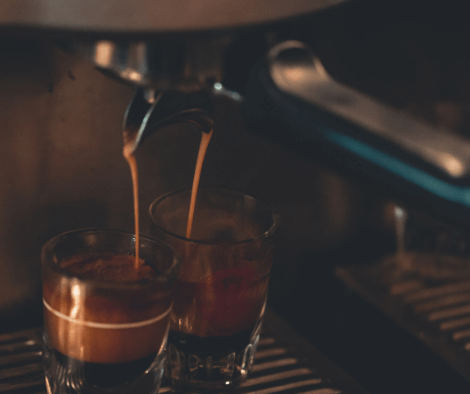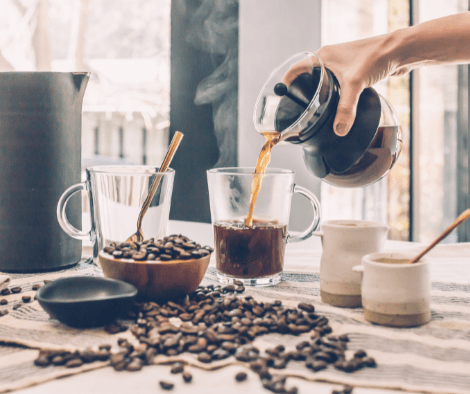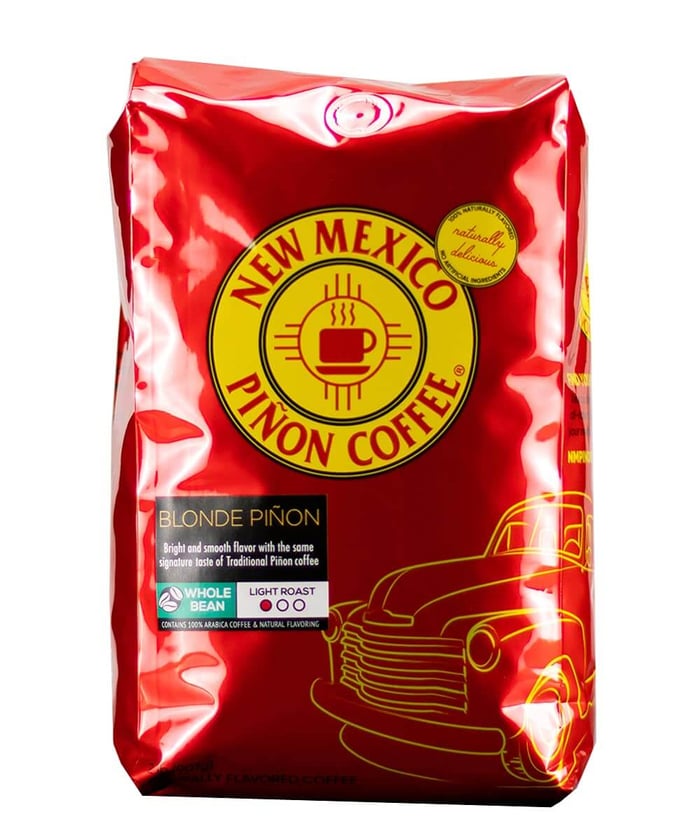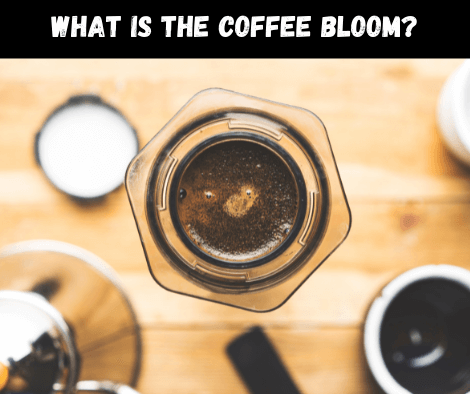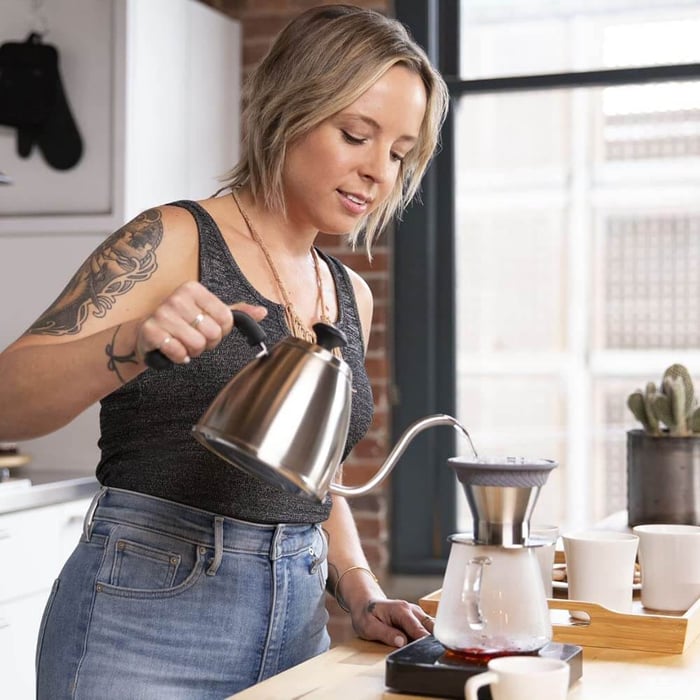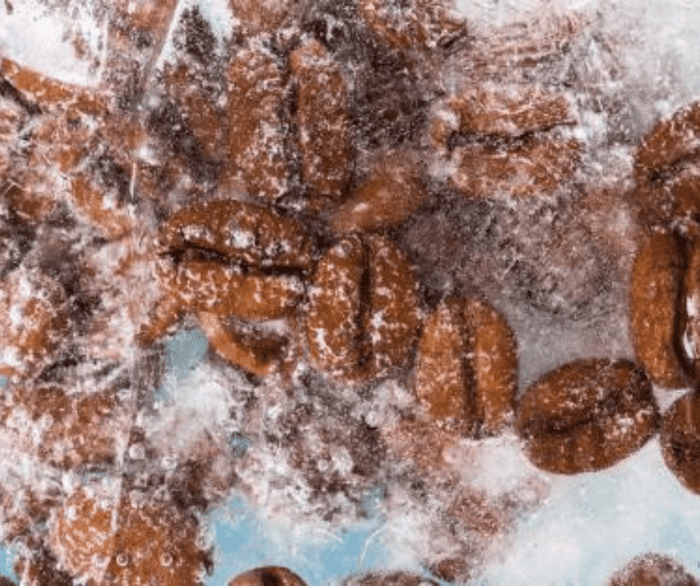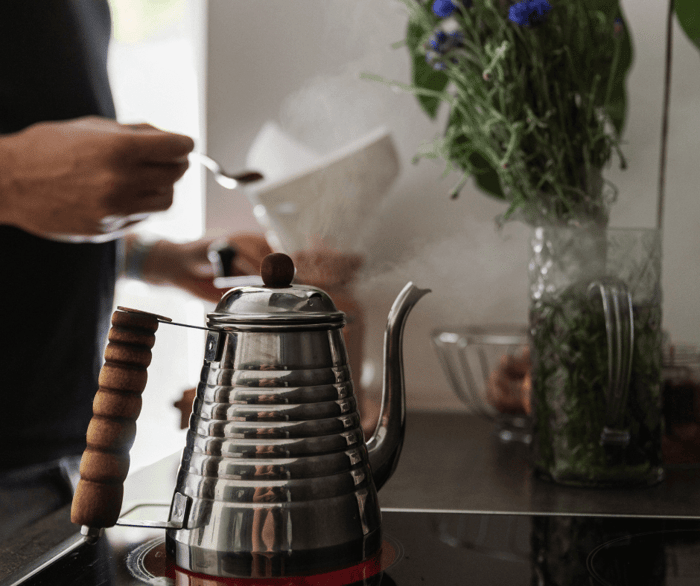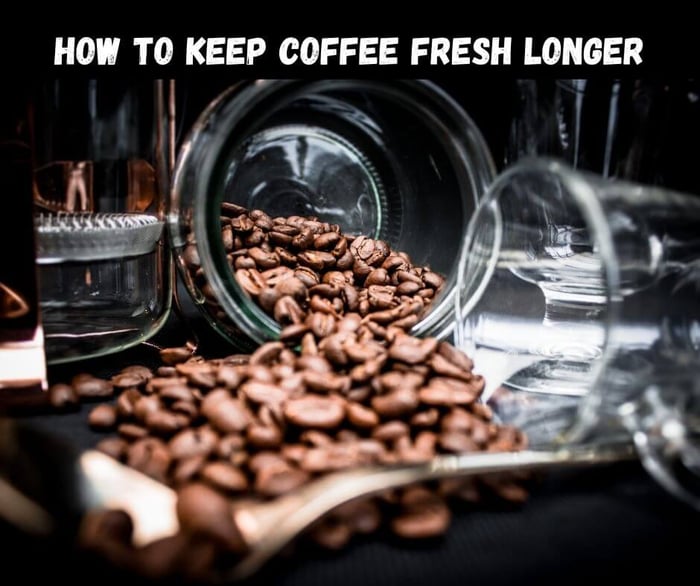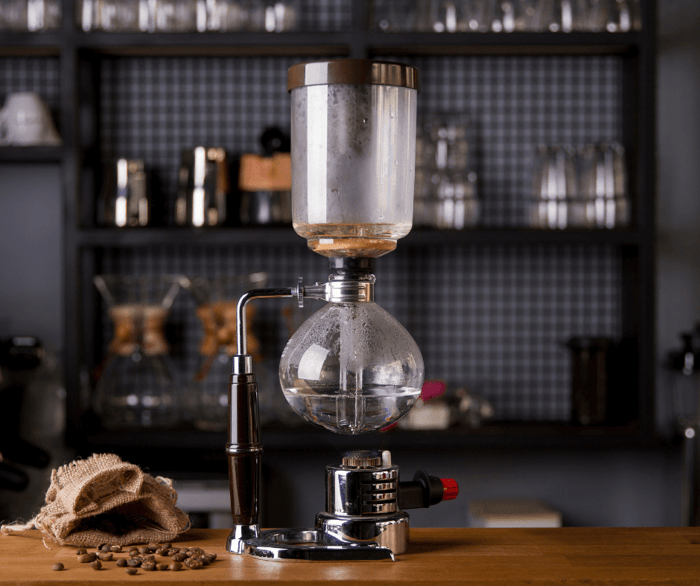A question we get often a coffee company is where does espresso come from or what type of bean is espresso?
Thanks to modern advertising many novice coffee drinkers do not really understand the difference between a coffee bean and an espresso bean.
Well, we will break it down as simply as possible. They are the same bean!
How can that be? When brands are promoting "Espresso Roast" and "Espresso Whole Bean"?
Again, we credit modern day advertising. These names are just another way for companies to offer more product lines and sometimes even charge a little more.
So that's it, right? Question answered and on to telling everyone you've been lied to? Well, not quite. While the bean is the exact same, the method of brewing and other factors make all of the difference in what becomes Espresso.
Espresso Is Actually a Brewing Style
Brewing coffee takes time and is typically brewed by the slow filtering of hot water through coffee grounds. Depending on the method used, it can be anywhere from 60 to 120 seconds between the start of brewing and your delicious cup of adult fuel.
Unlike coffee brewing, Espresso is brewed by pressurizing hot water and forcing it through compacted coffee grounds. Typically your brew is ready within 30-40 seconds.
Espresso Has A Different Grind Level
Typically coffee is brewed using a medium or coarse grind. French press and pour over brewing usually uses this grind level to make sure the coffee grounds do not pass into the cup. Since the water passes through slower, less surface area is required for the right flavor profile.
If you want to properly brew an espresso shot you will need a fine grind. This allows for the packing of the grounds into what is known as a coffee cake (no, not the delicious cinnamon snack). Smaller grind levels have more surface area which allows for greater extraction of flavor and caffeine in the short brewing window.
Espresso Has More Caffeine
Your typical 8oz cup of brewed 100% arabica coffee will have 80-120mg of caffeine. Brands that use caffeine packed Robusta Beans will contain even higher levels of caffeine. See our list of the 5 most caffeinated coffee brands.
Just a 1oz shot of Espresso will typically contain 60-80mg of caffeine. This is due to the pressurized brewing method which helps extract the most caffeine and the fact most espresso roasts are made using dark roasted robusta Beans.
Espresso Has a Bolder Flavor
Your average shot of espresso will possess a deeper and bolder flavor. This is typically due to the fact that regular coffee is brewed using filters that trap many of the flavor possessing coffee oils.
Espresso does not use filters and allows for most of the oils to filter down into your cup. This is why espresso will often have a rich crema on top. The full flavor profile of the bean is extracted using espresso machines.
Espresso Uses Higher Quality Beans
This one is often a myth. The quality is solely dependent on the selection of beans by the roaster. However, espresso blends are often made with a higher quality of robusta beans compared to coffee made from robusta.
About 75% of all coffee sold in the U.S. is arabica. Many of your grocery store or "discount" coffee brands will mix in cheap robusta as a cost cutting filler. While you can get away with this in coffee, espresso drinkers tend to be very picky in their selection and often will not enjoy low quality robusta.
Most Common Espresso Drinks
Espresso drinks are commonly created around shots of espresso. Since there is a higher caffeine content and bolder flavor, 1-2 shots of espresso can go a long way. Here are the most common espresso drinks (think all of Starbucks menu)
- Café Americano: Espresso shot with hot water. It gets the name as this drink is the European version of American Coffee.
- Cappuccino: A shot of espresso topped with steamed and frothed milk.
- Latte: A shot of espresso topped with steamed milk and foam.
- Ristretto: A fancy way of saying a single shot of espresso.
When it comes to health benefits, coffee and espresso are pretty similar. Espresso is often less bitter which is great for those with acid reflux according to the Cleveland Health Clinic. Keep in mind this can be offset by the addition of milk in many of the espresso drink options mentioned above.
Whichever style of coffee you plan to brew, make sure you store your beans in a cool and dry place to assure the perfect brew. You can even opt for an air tight coffee storage canister if you really want to step your coffee game up.
Want More Coffee Content?
Daily Coffee Grind - Click Here
Coffee Reviews - Click Here
Coffee Brewing Guides - Click Here

